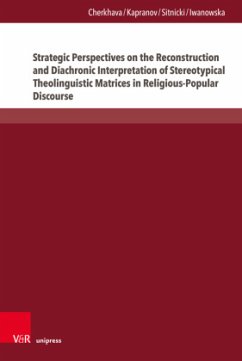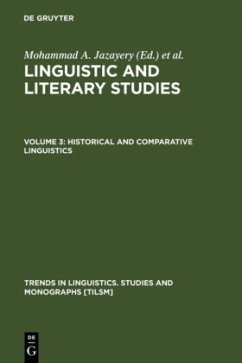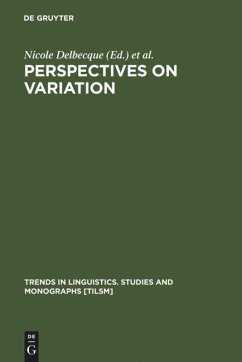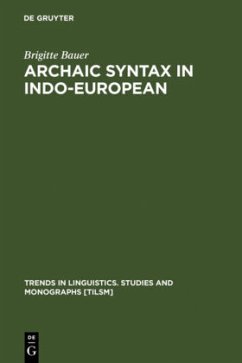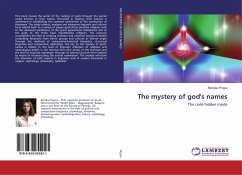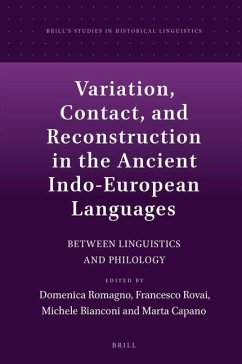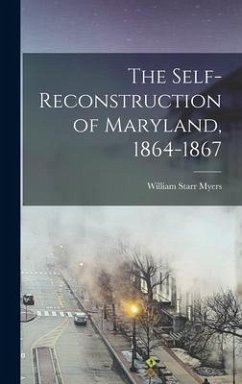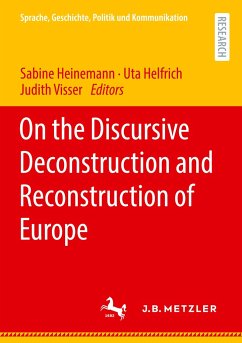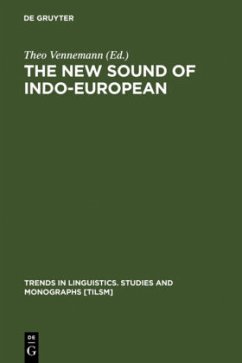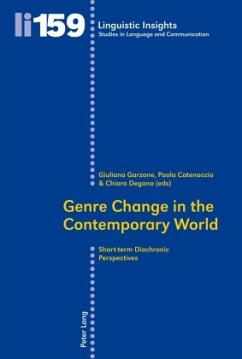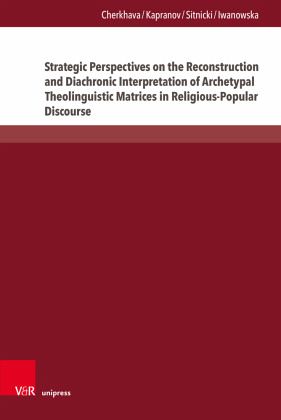
Strategic Perspectives on the Reconstruction and Diachronic Interpretation of Archetypal Theolinguistic Matrices in Reli
Insights from English, German, and Ukrainian within Indo-European and Nostratic Frameworks

PAYBACK Punkte
0 °P sammeln!
This monograph investigates the interplay of linguistics, theology, and cognitive science by analyzing the evolving theolinguistic matrices within religious and popular discourse. Focusing on English, German, and Ukrainian, it traces the diachronic interpretation of key religious concepts-righteousness, faith, and repentance-within Indo-European and Nostratic frameworks. Through comparative-historical methods and cognitive-matrix analysis, the authors reveal how these archetypal matrices shape theological communication across cultures. The work offers deep insights into the construction of rel...
This monograph investigates the interplay of linguistics, theology, and cognitive science by analyzing the evolving theolinguistic matrices within religious and popular discourse. Focusing on English, German, and Ukrainian, it traces the diachronic interpretation of key religious concepts-righteousness, faith, and repentance-within Indo-European and Nostratic frameworks. Through comparative-historical methods and cognitive-matrix analysis, the authors reveal how these archetypal matrices shape theological communication across cultures. The work offers deep insights into the construction of religious meaning, engaging scholars in linguistics, theology, and cultural history to explore the relationship between language, faith, and identity.




